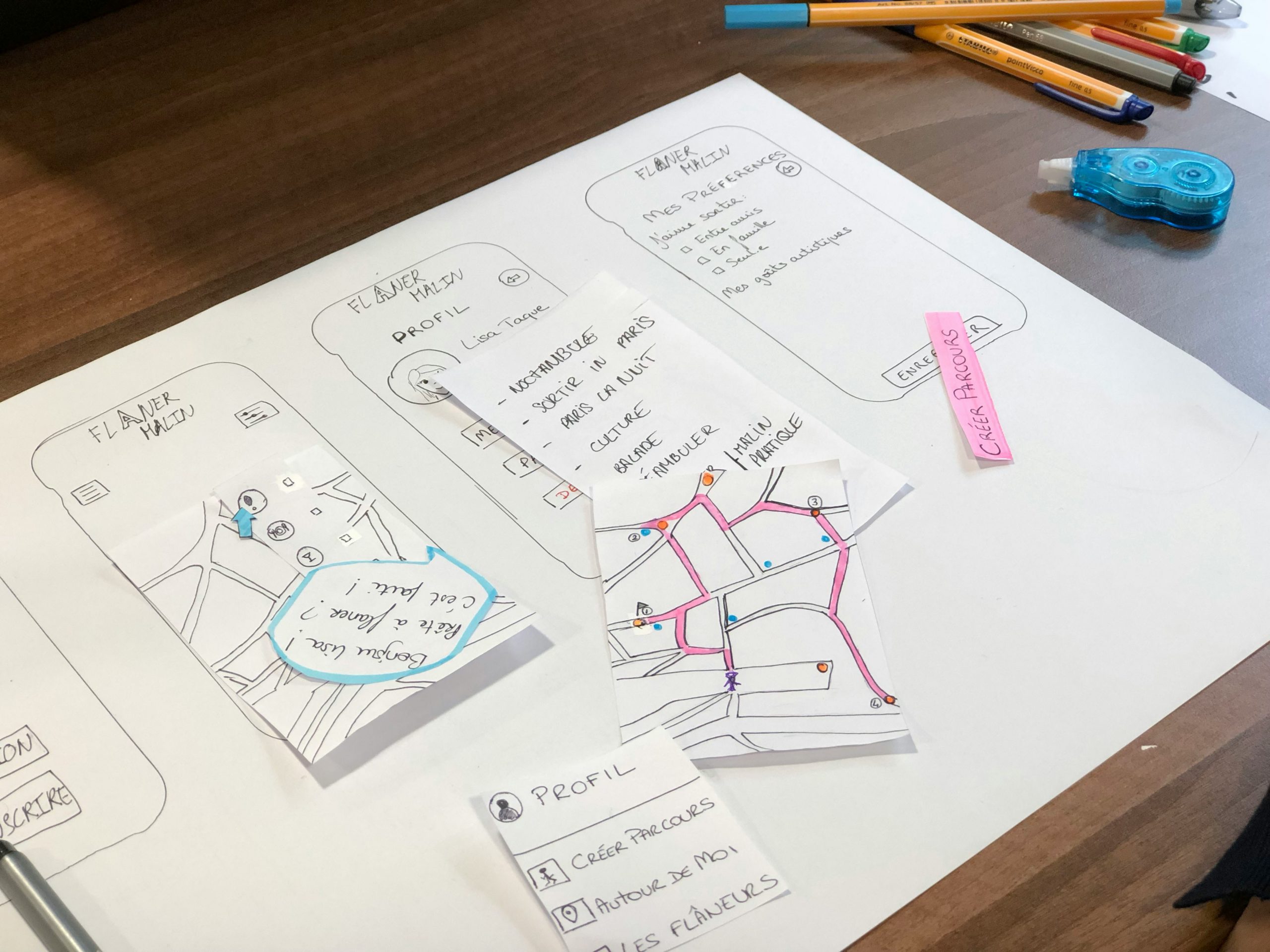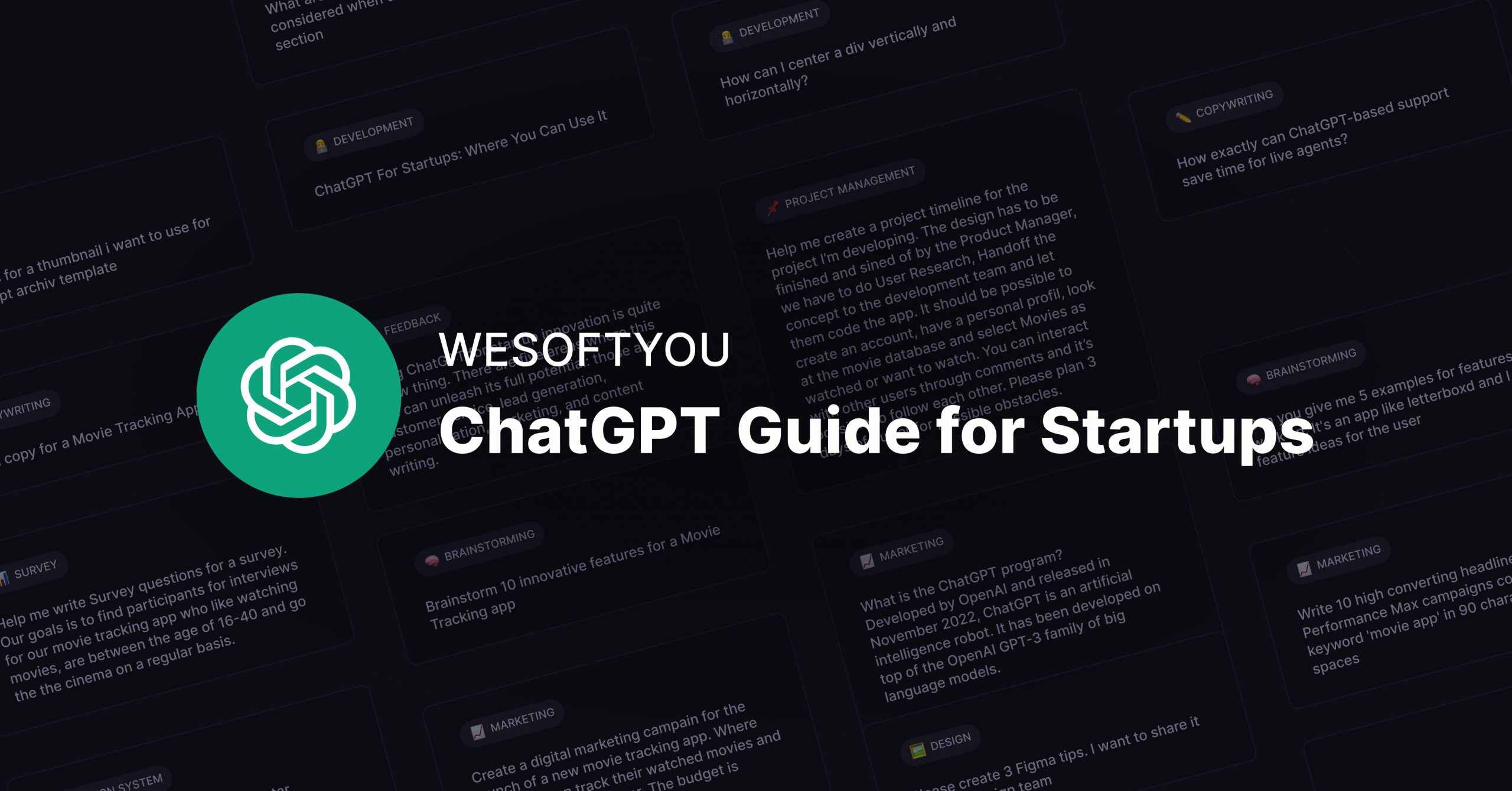In today’s rapidly evolving technological landscape, developing a Minimum Viable Product (MVP) is the key to success for many startups and businesses. An MVP allows you to bring your idea to market quickly, test its viability, and gather valuable feedback from users. However, one crucial aspect of building an MVP is selecting the right technology stack that aligns with your project requirements and goals. In this article, we will explore the concept of a technology stack, the factors to consider when choosing one, popular technology stacks for MVP development services, and the pros and cons of different options.
The Concept of a Technology Stack
When it comes to software development, a technology stack refers to a combination of programming languages, frameworks, libraries, and tools that are used to build and run an application. It serves as the foundation for your project and determines how your application will function and perform. A well-designed technology stack can significantly impact the success of your MVP by providing the necessary infrastructure and capabilities to meet your users’ needs.
Developers often spend a considerable amount of time researching and selecting the most suitable technologies for each layer of their technology stack. This process involves evaluating factors such as community support, documentation, performance benchmarks, and compatibility with other components. By carefully crafting a technology stack tailored to the specific requirements of their project, developers can optimize performance, streamline development workflows, and enhance the overall user experience.
What Is a Technology Stack?
A technology stack can be broadly categorized into three layers: the front-end, the back-end, and the database. The front-end layer is responsible for the user interface and handles the presentation and interaction with users. The back-end layer deals with the logic and functionality of the application, including server-side processing and data management. The database layer is where all the data is stored and managed.
Each layer of the technology stack plays a critical role in ensuring the smooth operation of the application. The front-end layer, often built using technologies like HTML, CSS, and JavaScript, focuses on creating an intuitive and visually appealing user interface. The back-end layer, which may utilize frameworks like Node.js, Django, or Spring, is responsible for processing user requests, executing business logic, and communicating with the database. The database layer, commonly powered by systems such as MySQL, PostgreSQL, or MongoDB, stores and retrieves data to support the application’s functionality.
The Role of a Technology Stack for an MVP
Choosing the right technology stack for your MVP is crucial because it impacts various aspects of your project, such as scalability, performance, security, and development time. A well-suited technology stack will ensure that your application can handle an increasing number of users, deliver a seamless user experience, protect sensitive data, and enable efficient development and maintenance.
Furthermore, the selection of a technology stack can influence the future growth and evolution of your product. Scalability, in particular, is a key consideration when designing a technology stack for an MVP, as the chosen technologies should be capable of supporting the anticipated growth of the user base and the addition of new features. By carefully assessing the scalability options offered by different technologies and frameworks, developers can future-proof their MVP and avoid potential roadblocks as the application expands.
Main Factors For a Technology Stack
Before diving into the various technology stacks available, it’s important to consider your project requirements and goals. Taking the following factors into account can help you make an informed decision:
Project Requirements and Goals
Every project is unique, and the technology stack you choose should align with your specific requirements and goals. Consider the complexity of your MVP, the need for real-time updates, integration capabilities with external systems, and any other specific functionality that your application requires.
Furthermore, it’s crucial to assess the long-term vision for your project. Will your application require frequent updates and feature additions? Will it need to support multiple platforms in the future? These considerations can influence your choice of technology stack and ensure that it remains sustainable as your project evolves.
Scalability and Performance
Scalability and performance are critical factors, especially if you expect your MVP to attract a large user base. A technology stack that can handle increased traffic and load balancing efficiently will ensure that your application can scale seamlessly without compromising performance.
In addition to scalability, it’s essential to evaluate the performance metrics of each technology stack under consideration. Factors such as response time, throughput, and latency can impact the user experience significantly. Choosing a technology stack optimized for performance can enhance user satisfaction and retention.
Security Considerations
Security is paramount for any application, especially when dealing with sensitive user data. A technology stack with robust security features and frameworks can help you build a secure application and protect your users’ information from potential threats.
When assessing security features, consider aspects such as data encryption, authentication mechanisms, and compliance with industry standards. Implementing a secure technology stack from the outset can mitigate security risks and instill trust in your users, ultimately contributing to the success of your project.
Best Technology Stacks for MVPs
As a software development company with proven expertise, WeSoftYou has worked with various technology stacks for MVPs. Here are three popular options:
LAMP Stack
The LAMP (Linux, Apache, MySQL, PHP) stack is a widely-used open-source technology stack that provides a solid foundation for web application development. It offers flexibility, scalability, and ease of use, making it an excellent choice for startups and businesses looking for a cost-effective solution.
Linux, the operating system in the LAMP stack, provides a stable and secure environment for hosting web applications. Apache, the web server software, efficiently handles HTTP requests and serves web pages to users. MySQL, the relational database management system, allows for the storage and retrieval of data in a structured manner. PHP, the server-side scripting language, enables dynamic content generation and interaction with databases, making it a versatile tool for web development.
MEAN Stack
The MEAN (MongoDB, Express.js, AngularJS, Node.js) stack is another popular choice for building dynamic web applications. With JavaScript as the primary language for both front-end and back-end development, the MEAN stack offers a seamless and efficient development experience.
MongoDB, a NoSQL database in the MEAN stack, provides a flexible and scalable solution for storing data in JSON-like documents. Express.js, a web application framework, simplifies the process of building APIs and handling HTTP requests in Node.js. AngularJS, a front-end framework, enables the creation of interactive and dynamic user interfaces. Node.js, a server-side JavaScript runtime, allows for the execution of JavaScript code outside the web browser, making it ideal for building fast and scalable network applications.
MERN Stack
The MERN (MongoDB, Express.js, ReactJS, Node.js) stack is similar to the MEAN stack but replaces AngularJS with ReactJS as the front-end framework. MERN is gaining popularity due to its simplicity, performance, and ability to build single-page applications with a rich user interface.
ReactJS, a JavaScript library in the MERN stack, focuses on building user interfaces and components that are reusable and efficient. Its virtual DOM implementation allows for fast rendering of components, enhancing the overall performance of web applications. By combining ReactJS with MongoDB, Express.js, and Node.js, developers can create modern and responsive web applications that deliver a superior user experience.
Pros and Cons of Technology Stacks
Each technology stack has its own advantages and disadvantages. Here are some key points to consider:
LAMP
The LAMP stack offers a vast ecosystem of tools, libraries, and frameworks, making it easy to find resources and support. It is a well-established stack with a large community, which results in extensive documentation and readily available solutions. However, PHP, the primary programming language in the LAMP stack, has faced criticism for its performance and scalability limitations.
One of the notable advantages of the LAMP stack is its compatibility with various operating systems, including Linux, which is known for its stability and security features. Additionally, the open-source nature of the LAMP components allows for flexibility and customization to meet specific project requirements. On the downside, the LAMP stack may not be the best choice for projects that demand high levels of concurrency and real-time data processing.
MEAN
The MEAN stack provides an end-to-end JavaScript development experience, allowing for seamless data transfer between the front-end and back-end components. Its modular architecture and the ability to handle real-time applications make it a popular choice. However, the learning curve for AngularJS can be steep for developers new to the stack.
Another advantage of the MEAN stack is the uniformity in the programming language used throughout the stack, which can streamline development and maintenance processes. MongoDB, a NoSQL database used in the MEAN stack, offers flexibility in data modeling and scalability. Despite these benefits, projects requiring complex transactions and relational data may face challenges when using the MEAN stack.
MERN
Similar to the MEAN stack, the MERN stack offers the benefits of JavaScript for full-stack development. The use of ReactJS, a popular front-end library, enables developers to create interactive user interfaces efficiently. However, MERN may not be suitable for projects requiring high amounts of real-time data processing.
How to Select Your Technology Stack?
Selecting the right technology stack for your Minimum Viable Product (MVP) is a pivotal decision that can significantly impact the success and future of your project. It is crucial to choose a technology stack that not only meets your current needs but also aligns with your business objectives and future goals. By carefully evaluating your options, you can set a strong foundation for your product’s development and growth.
When considering different technology stacks, one key factor to keep in mind is aligning your choice with your business objectives. It’s essential to look beyond the immediate needs of your MVP and think about how your chosen stack will support the long-term vision of your business. Assess whether the technology stack can accommodate the planned features, potential integrations with other systems, and scalability requirements as your business expands.
Align Your Choice with Business Objectives
Consider the long-term vision of your business and how your chosen technology stack will contribute to its growth. Evaluate whether the stack can support your planned features, potential integrations, and future scalability requirements.
Consider the Future Growth and Expansion
As your MVP gains traction and more users join, the scalability of your technology stack becomes essential. Ensure that your chosen stack can handle the expected increase in traffic without compromising performance or user experience.
Evaluate the Cost and Time Investment
Building an MVP involves investment in terms of both time and money. Assess the development and maintenance costs associated with your chosen technology stack, as well as the time required for implementation and training your development team.
Another crucial aspect to consider when selecting a technology stack is the level of community support and available resources. Opting for a widely-used technology stack with an active community can provide you with access to a wealth of resources, including libraries, plugins, and community forums where you can seek help and guidance. This can significantly streamline your development process and help you overcome challenges more efficiently.
Conclusion
Choosing the right technology stack for your MVP is a critical decision that can significantly impact its success. Consider your project requirements, scalability needs, security concerns, and align your choice with your business objectives. We at WeSoftYou have extensive experience in software development and can help you in selecting and implementing the perfect technology stack that suits your MVP. Contact us today for a free consultation or project estimation, and let’s build a successful MVP together!
Selecting the right technology stack ensures that your MVP can handle scalability, performance, and security requirements while enabling efficient development and maintenance.
When choosing a technology stack for your Minimum Viable Product (MVP), it’s crucial to consider factors such as the project’s specific needs, the skill set of your development team, and the long-term goals of the product. By carefully selecting the technology stack, you can set a solid foundation for your MVP’s success and future growth.
Some popular technology stacks for MVPs include LAMP, MEAN, and MERN. Each stack has its own advantages and disadvantages.
Aside from the mentioned technology stacks, other popular options for building MVPs include Ruby on Rails, Django, and Flask. These frameworks offer rapid development capabilities, robust community support, and scalability features that are essential for launching a successful MVP. Evaluating the unique requirements of your project and the strengths of each technology stack can help you make an informed decision that aligns with your business objectives.
WeSoftYou, with its expertise in software development, can provide valuable insights and guidance in selecting the technology stack that best suits your MVP goals and requirements.
With years of experience in developing a wide range of software solutions, WeSoftYou can offer personalized recommendations based on industry best practices and emerging trends. By understanding your project’s scope, target audience, and performance expectations, WeSoftYou can help you navigate the complex landscape of technology stacks to choose the most suitable one for your MVP.
Absolutely! WeSoftYou can provide end-to-end software development services, including the implementation of your chosen technology stack, ensuring a successful MVP launch.
From initial planning and architecture design to coding, testing, and deployment, WeSoftYou’s team of skilled developers can handle every aspect of implementing your selected technology stack. By entrusting your MVP project to WeSoftYou, you can benefit from a streamlined development process, timely delivery, and ongoing support to optimize your product’s performance.
Contact us at WeSoftYou today for a free consultation or project estimation. Let’s discuss your MVP requirements and build the perfect technology stack for your project!




















